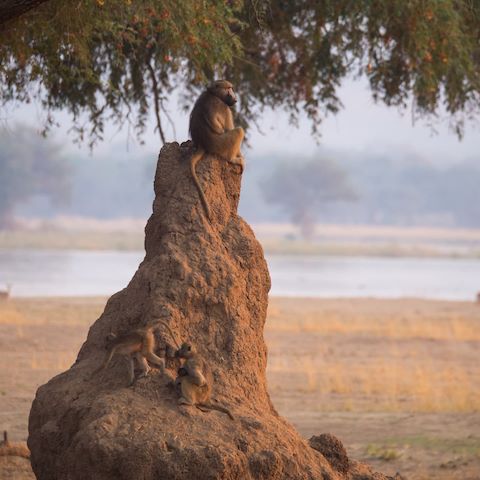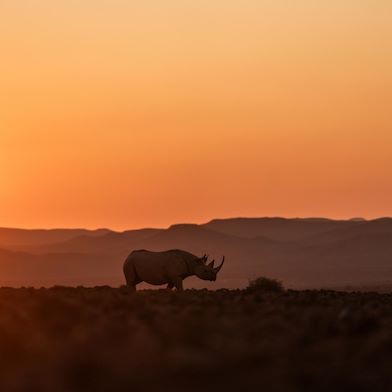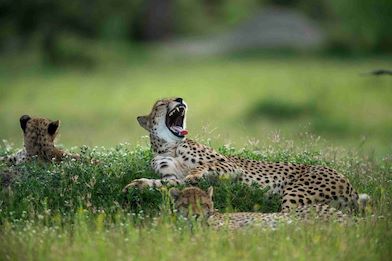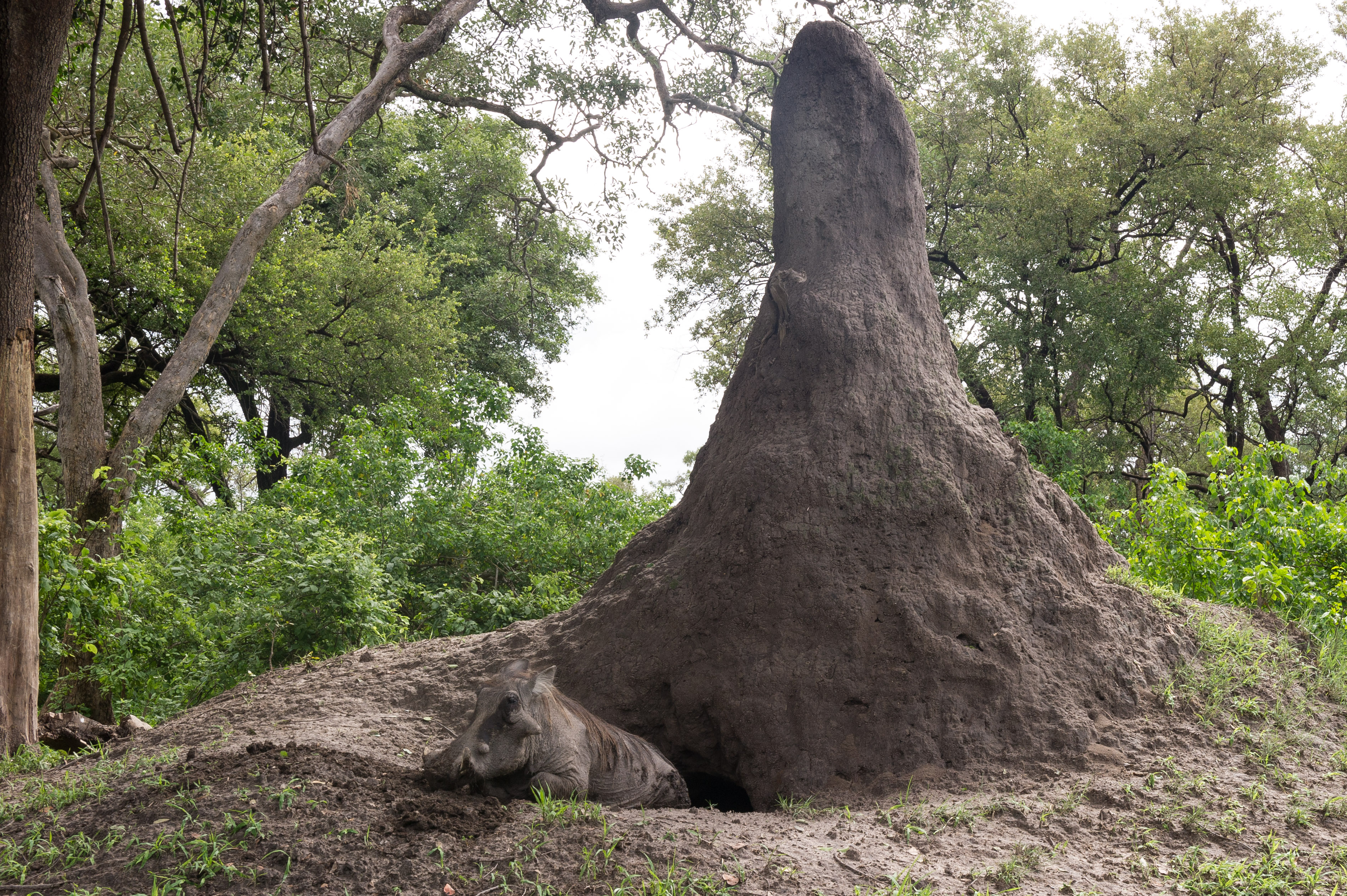Botswana
Termites – 5 fun facts about the architects of the Okavango Delta
Wildlife
Tao Varty
6/10/2025
Termites – 5 fun facts

01 The Termite Mound
02 Termitaria – Colony living
03 How termites built the Okavango Delta
04 Botswana's diamond wealth thanks to termites
05 Flying termites are also known as flying ants
More to discover

Rare wildlife to celebrate this World Endangered Species Day
As part of our ongoing effort to increase the world’s wilderness, we create habitats for Africa’s mo...
Read moreLauren Dold
13.05.2025

5 unique desert-adapted animals of Namibia
Only highly adapted wildlife can survive in the desert. Learn more about 5 unique desert-adapted ani...
Read moreTao Varty
05.05.2025

Big cats of Qorokwe
Discover the Okavango Delta’s big cats as Robyn Keene-Young reflects on the making of her and Adrian...
Read moreRobyn Keene-Young
22.01.2025

5 Best Wilderness Camps to see Hyenas
Here is a selection of Wilderness camps where you can see these fiercely misunderstood animals. and ...
Read moreTao Varty
20.01.2025

Where titans tread: Linyanti’s ancient elephant corridors
Explore the profound environmental impact of elephants, the Linyanti’s ancient wildlife corridors, a...
Read moreMerryn Haller
28.11.2024

Let’s plan your next journey
Ready?
When we say we’re there every step of the way, we mean it, literally. From planning the perfect circuit, to private inter-camp transfers on Wilderness Air, and easing you through Customs. We’re with you on the ground, at your side, 24-7, from start to finish. Ready to take the road less travelled? Contact our Travel Designers to plan an unforgettable journey.



